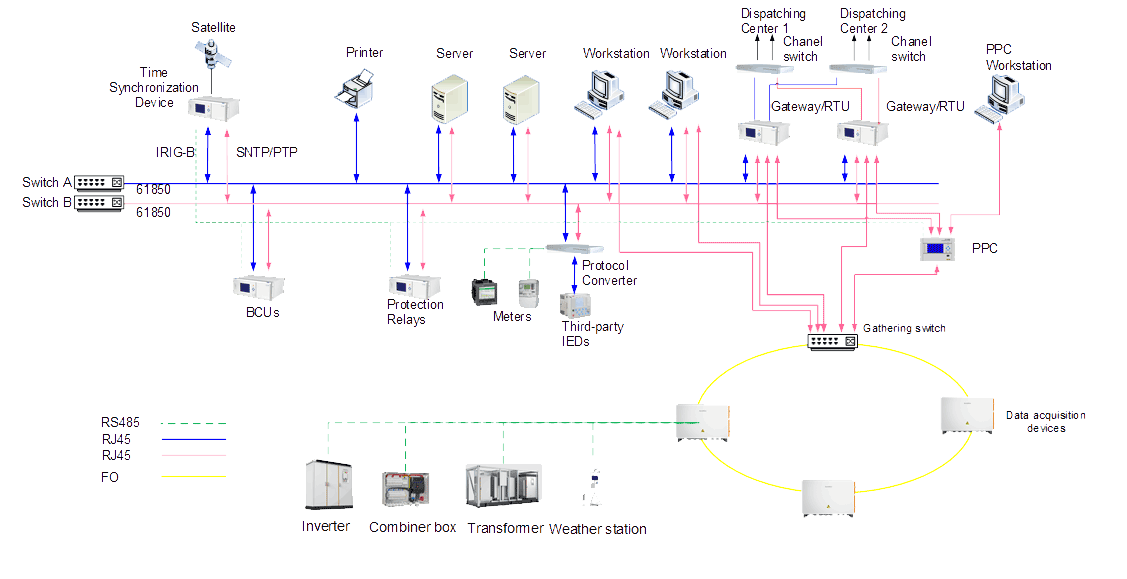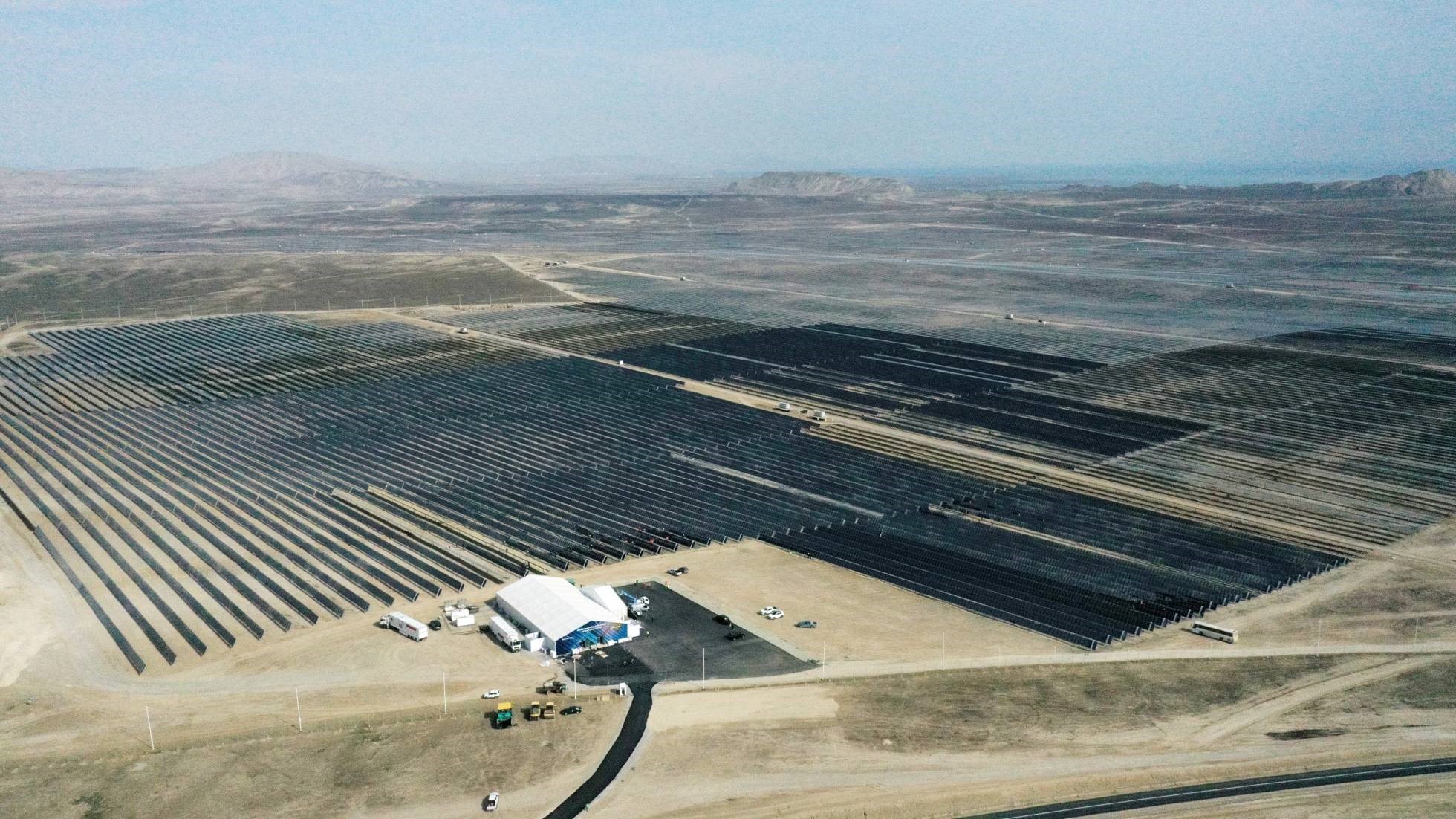
Plant Automation
Overview
Renewable energy plant automation is the automated systems and technologies to manage and optimize the operation of plants that generate energy from renewable sources. This encompasses real-time monitoring, control, and maintenance functions aimed at enhancing efficiency, reliability, and sustainability. Unlike traditional power plants, renewable energy plants face unique challenges due to the variability and intermittency of sources like solar and wind, necessitating advanced automation to ensure grid stability and compliance.
Automation in renewable energy plants involves several key components, each addressing specific operational needs:
Monitoring and Control: Real-time systems, such as SCADA, enable continuous monitoring of plant performance and control of operational parameters.
Grid Integration and Compliance: Given the variability of renewable sources, automation ensures compliance with grid codes, supporting grid stability.
Energy Management and Optimization: Automation facilitates the integration of energy storage systems and manages the balance between supply and demand.
Technologies such as Internet of Things (IoT), inspection robotics, and digital twins further enhance these capabilities.

Features
Full Range Monitoring
- Full range monitoring, from step-up substation to plant area, including m inverters, solar array trackers, combiner boxes, meteorological stations, transformers, switchgear, etc.
Flexible Interface and Integration
- Supports a wide range of communication protocols: IEC61850, DNP3.0, Modbus, IEC60870-5-101 or 104, etc.
User-Friendly Interface
- The user-Friendly, customizable graphical user interface (GUI) empowers operators to execute tasks with minimal effort and maximum efficiency through streamlined workflows and real-time data visualization.
Remote Access
- The system supports multi-protocol remote access, enabling secure anywhere-anytime monitoring of power plants through encrypted data transmission.
Expert in Grid Integration
- As expert in renewable energy grid integration, we provide advanced PPC products, supported by extensive experience and strong R&D capabilities, ensuring system interconnection and grid code compliance for renewable energy plants.
Benefits
Enhanced Operational Efficiency
Simplify workflows and accelerate decision-making through intuitive, customizable dashboards with real-time data visualization, reducing training time and human errors.
Seamless System Compatibility
Integrate with existing infrastructure effortlessly using industry-standard protocols (IEC61850, Modbus, etc.), reducing deployment complexity and costs.
Guaranteed Grid Compliance
Achieve reliable grid interconnection and adherence to regulatory requirements with certified PPC solutions, reducing financial risks from non-compliance.

